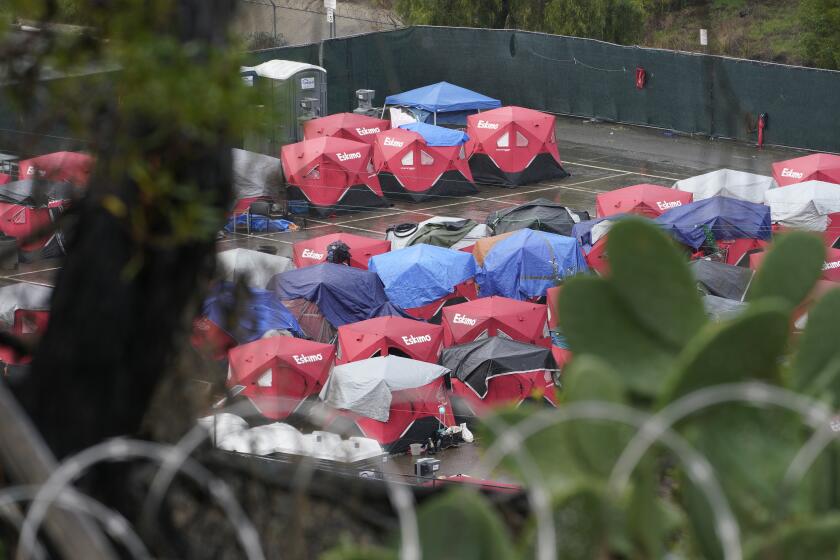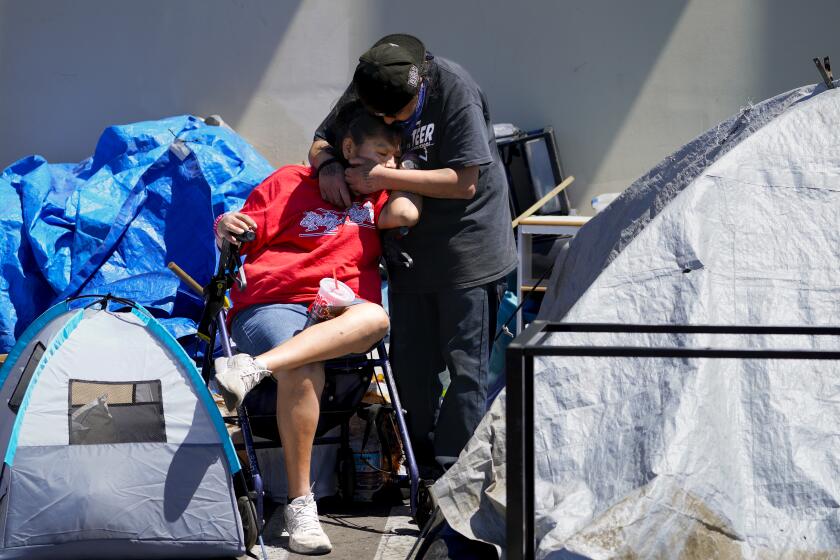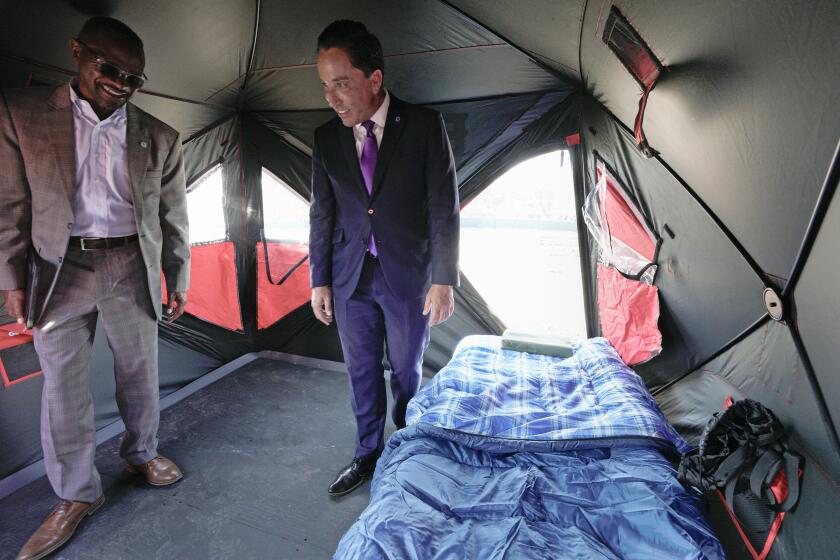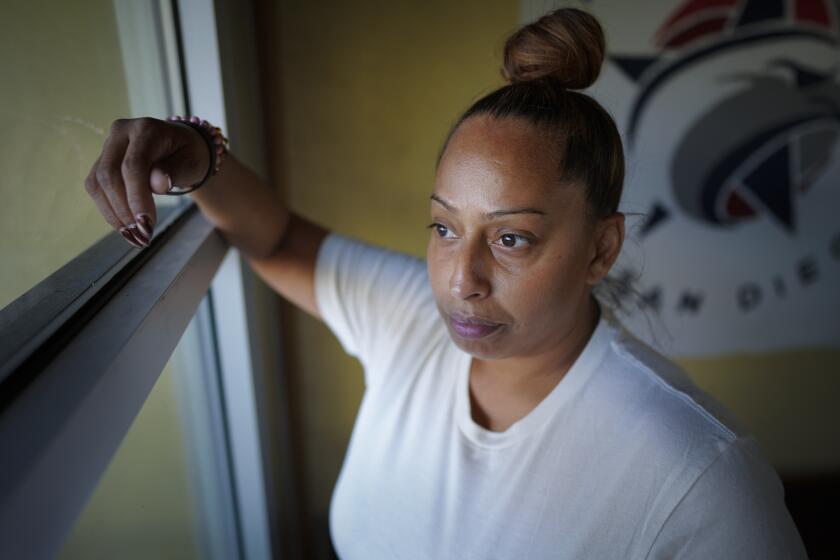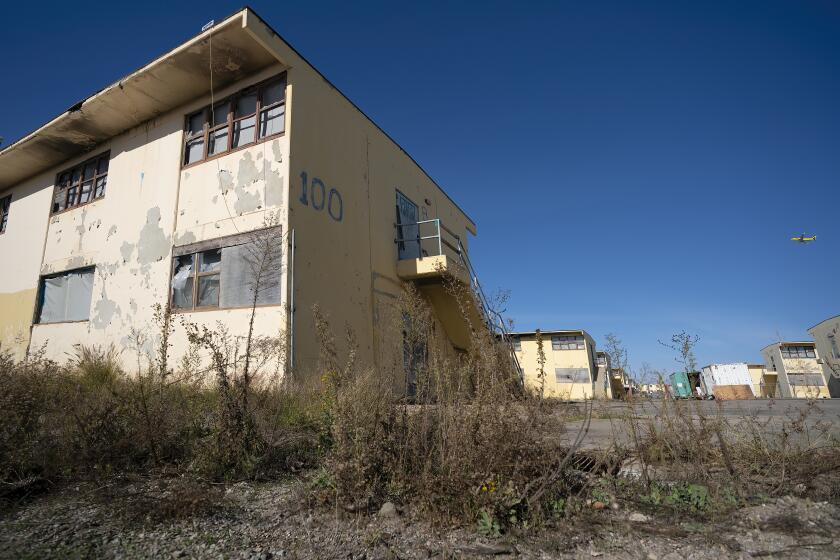Santee once again approves 3,000-home Fanita Ranch development, circumventing voters
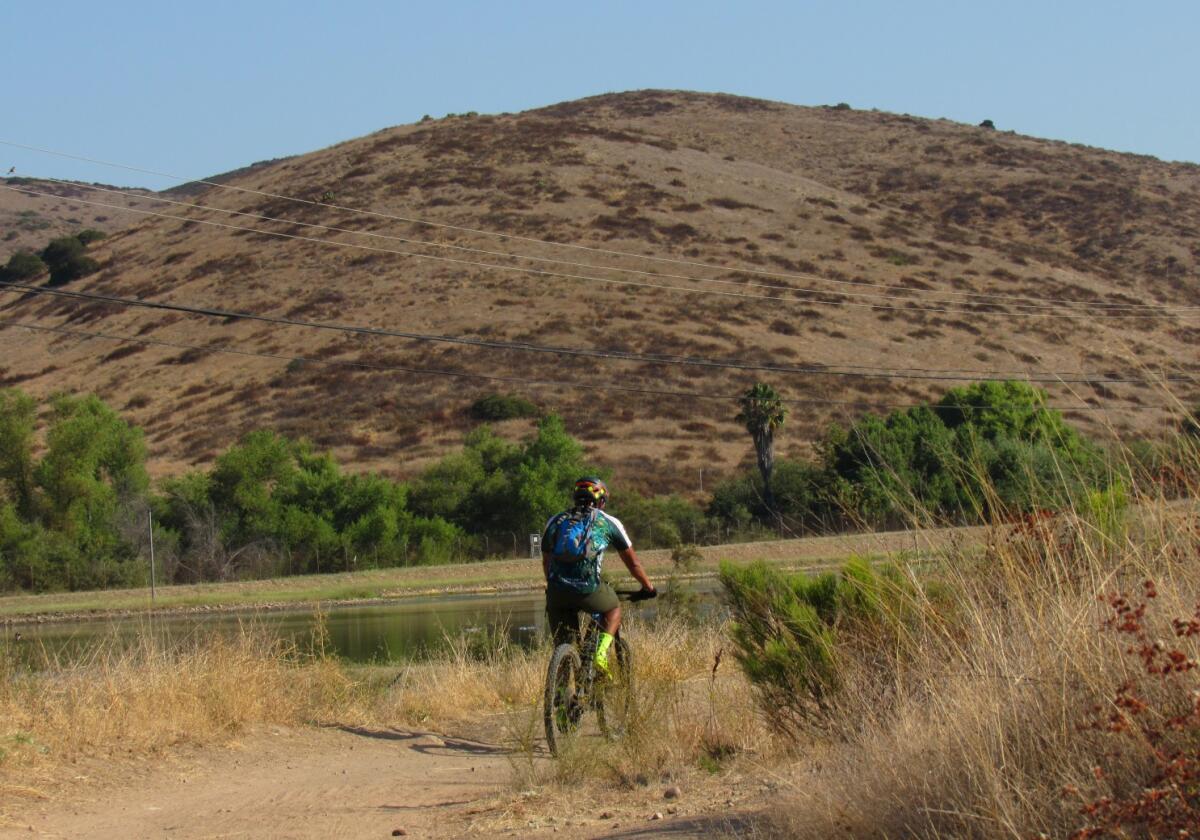
Proponents said fast action was necessary to avoid even more homes being mandated by state officials
Santee leaders have again approved a controversial 3,000-home development, this time through a process that blocks residents from challenging the move at the ballot box.
The City Council voted 4-0 Wednesday to build the Fanita Ranch project in the hills beyond Santee Lakes, during a packed four-and-a-half-hour meeting that wrestled with how a need for more housing should be reconciled with the threat of wildfire.
One law firm representing environmental groups has already called the the measure “illegal,” making a lawsuit likely.
Proponents cited the plan’s benefits — including dozens of miles of new trails and more lanes on State Route 52 — and said Wednesday’s vote would keep state leaders from forcing even more homes on the site.
“This project, as is, it gives the city so much,” said Councilmember Dustin Trotter.
Plans to develop the land have spanned decades and multiple developers.
In 2020, the city council approved a proposal from HomeFed Fanita Rancho LLC by amending the city’s General Plan, which sets the rules for what development is allowed.
After environmental groups sued, a judge said it wasn’t clear if residents would be able to evacuate during a wildfire and ordered the city to pull back its approval.
The council followed suit in May, and later threw out a planned referendum that would have given voters final say this November, as there was technically no longer an approved project to consider.
That barred the council from passing a similar amendment for another year.
But the city changed the process used to consider the project, allowing them to circumvent the one-year limit.
Officials now consider HomeFed’s plan an “Essential Housing Project,” which only requires a public hearing on a handful of permits.
The newest vote approved a development permit and conditional use permits for public parks and a fire station that must be completed before anyone can move in.
Mayor John Minto said the process was legal and in the best interest of the city, which could receive more tax revenue from new residents.
Leaving the land vacant would invite officials in Sacramento to potentially push for a higher-density project, as cities have faced increasing pressure in recent years to build more homes, local leaders said.
“If we don’t do something, the state’s gonna do it for us,” said Vice Mayor Ronn Hall.
Hall, Minto, Trotter and Councilmember Laura Koval voted for the project, although some voiced reservations. Hall called the planned extension of Magnolia Avenue, a key evacuation route, an “inadequate” response to the risk of fire.
Councilmember Rob McNelis recused himself from the debate because he lives close to the area.
Construction will take up to 15 years, officials said.
Most of the site’s 2,600-plus acres, which covers about a quarter of the city, will remain open land. The development will include a community farm and homes will rely on electricity, not natural gas, proponents said.

One hundred and fifty units will be designated as “low and moderate income” housing, although it wasn’t immediately clear how much those homes might cost.
The land has long been a point of contention in the community, and Santee voters overwhelmingly rejected different Fanita Ranch proposals in 1999 and 2005.
So many people showed up to Wednesday’s meeting that some had to sit in the hall. Most of the three dozen who spoke during public comment were in favor.
Emilie Colwell, a Normal Heights resident, said the development is the neighborhood she’s looking for.
“I want the opportunity to move here,” she said. “I want streets that aren’t crumbling, I want parks, I want community farms, I want solar.”
Almost a dozen speakers opposed the move, decrying everything from the “anti-democratic” process to the potential strain on resources.
“Can you really guarantee that people’s lives will not be put in jeopardy?” said Lee Shannon.
The developer did make changes to address the judge’s concerns, and a revised environmental impact report found that, in a worst-case fire, getting everybody in the development and their nearby neighbors out of the area could take almost two hours. A more likely scenario would see everybody safe in under 20 minutes, according to the report.
“The project is defensible,” Fire Chief John Garlow told the council. “We will be able to evacuate.”
Project representatives said they were taking multiple precautions, including reinforcing windows and cleaning up brush. One said almost all fires in the area occurred before 1990, although experts have said climate change will likely worsen the risk.
In a Sept. 14 letter to the council, an attorney with the San Francisco-based firm Shute, Mihaly and Weinberger said Wednesday’s vote was an “illegal work-around to avoid” the “popular vote requirement.”
Council members acknowledged their choice would be unpopular with some, although they face little political risk in the immediate future.
Only McNelis and Hall were up for re-election this year, but because both were unopposed their colleagues were able to unilaterally appoint them to new terms earlier this year.
Get Essential San Diego, weekday mornings
Get top headlines from the Union-Tribune in your inbox weekday mornings, including top news, local, sports, business, entertainment and opinion.
You may occasionally receive promotional content from the San Diego Union-Tribune.

